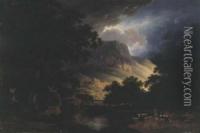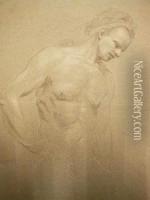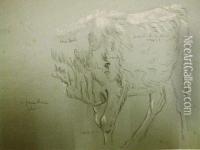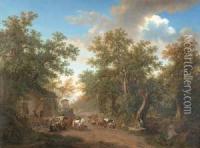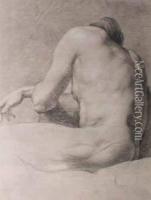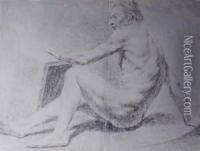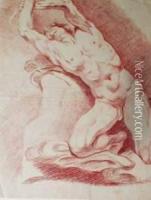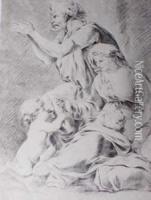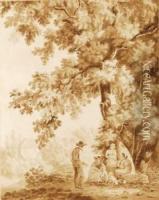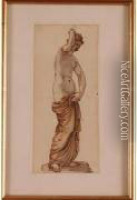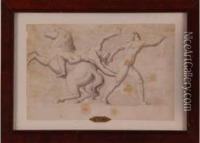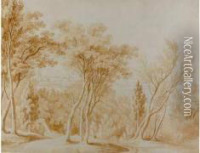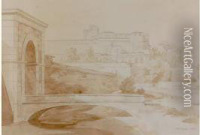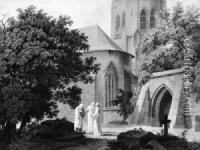Pierre Louis De La Rive Paintings
Pierre Louis De La Rive was a Swiss painter born on October 28, 1753, in Geneva. He is known for his contribution to the development of landscape painting in Switzerland during the late 18th century. De La Rive was initially trained under his father, who was a miniaturist, but he soon developed a passion for the grandeur of landscapes. His early work was influenced by the classical landscapes of French artists such as Claude Lorrain, whose idealized pastoral scenes were admired for their poetic interpretation of nature.
De La Rive traveled extensively throughout Switzerland, Italy, and France, where he studied the works of various masters and experimented with different styles and techniques. His journeys profoundly influenced his approach to landscape painting. He was particularly moved by the dramatic scenery of the Alps, which became a recurring theme in his paintings. His work often depicts the Swiss landscape with a romantic sensibility, emphasizing the sublime beauty and power of nature.
As an artist, De La Rive was active during a time of social and political change. The Enlightenment and the subsequent French Revolution shaped the cultural landscape of Europe, and these events indirectly influenced De La Rive's work. He sought to capture the spirit of his time by portraying the natural world as a reflection of human emotions and ideals.
De La Rive was also instrumental in promoting the arts in Geneva. He played a significant role in the establishment of the Société des Arts de Genève, which aimed to encourage and support local artists and craftsmen. Through his efforts, he helped to foster a vibrant artistic community in his hometown.
Despite being a respected figure in his lifetime, De La Rive's work was somewhat overshadowed by the later achievements of other Swiss artists such as Alexandre Calame and François Diday, who were part of the more recognized Swiss landscape painting tradition that emerged in the 19th century.
Pierre Louis De La Rive passed away on November 6, 1817, in Presinge, near Geneva. His works remain a testament to his skill as a landscape painter and his dedication to capturing the essence of the Swiss countryside. Today, his paintings can be found in various art collections and museums, where they continue to be appreciated for their historical value and artistic merit.
